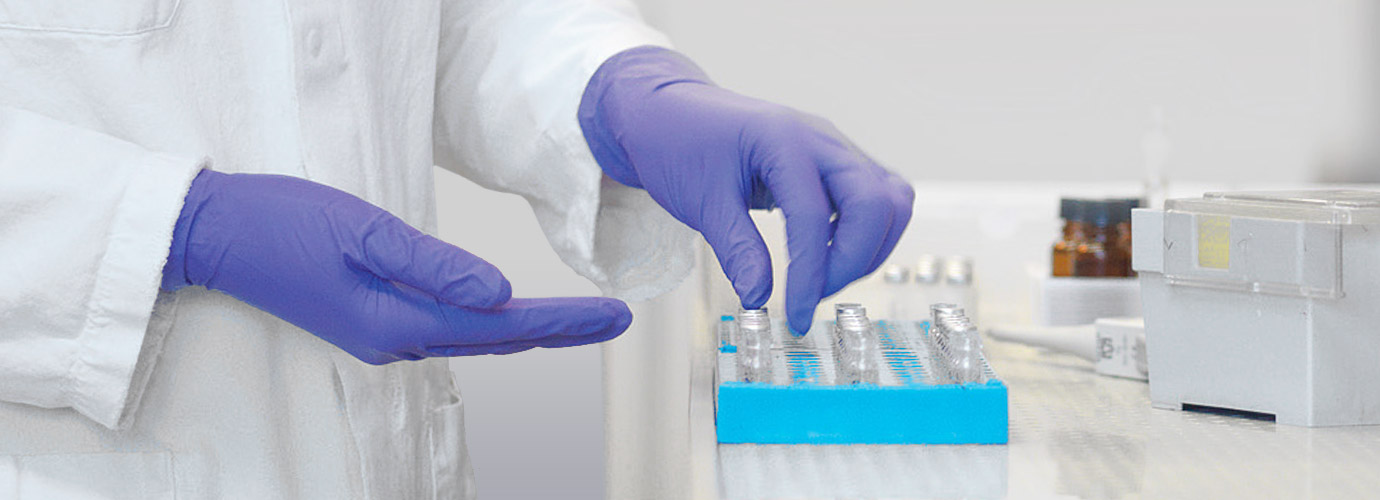Urinary tract infections: Urinalysis strip testing in the first 3 months

05.2023
Author Prof. E. Harms, University Department of Pediatrics Münster
80-90% of bacterial infections in the first 3 months of life are urinary tract infections (UTIs). 8 paediatric emergency departments in the UK and Ireland have now studied whether urinalysis strips have sufficient sensitivity and specificity for point-of-care testing (POC) to determine whether UTIs are likely or not.
275 febrile children were enrolled in the study; their median age was 51 days. 252 clean-caught, fresh and 23 catheter-obtained urine samples were examined. The gold standard for the diagnosis of UTIs was ≥ 100,000 CFU/ml of a single bacterial species with microscopic evidence of leukocyturia. This meant that UTIs had been detected in 38 children of the study. With simultaneous POC testing for all children, the sensitivity and specificity of the urinalysis strip for detecting UTIs could be determined. The sensitivity for 1+ leukocytes was 0.87. The specificity for nitrite + was 0.91. This means that, in cases of leukocyturia and detection of nitrite – usually the case with the predominantly gram-negative pathogens – POC testing of UTIs has a comparatively high level of certainty according to these studies.
Reference:
[1] Waterfield T, Foster S, Platt R, et al. Diagnostic test accuracy of dipstick urinalysis for diagnosing urinary tract infection in febrile infants attending the emergency department. Arch Dis Child 2022; 107: 1095–1099.


